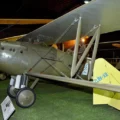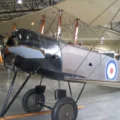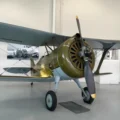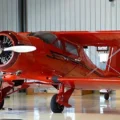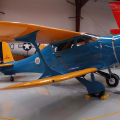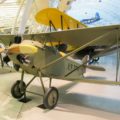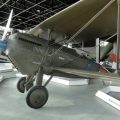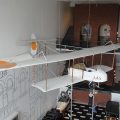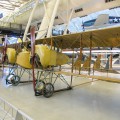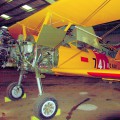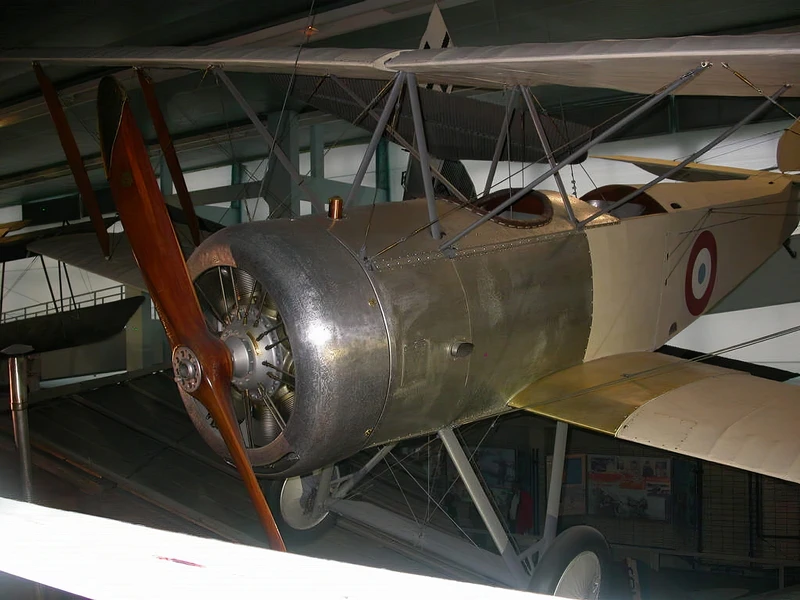
Sopwith 1½ Strutter | |
|---|---|
| País | Uk |
| Papel | Aeronaves biplano de propósito general |
| Primer vuelo | Diciembre de 1915 |
| Construido | 4500 Francia y 1439 Gran Bretaña |
el Sopwith 1+1⁄2 Strutter fue un avión biplano multifunción británico de uno o dos asientos de la Primera Guerra Mundial. Fue el primer caza tractor biplaza británico y el primer avión británico en entrar en servicio con una ametralladora sincronizada. Se le dio el nombre de 1 + 1 ⁄ 2 Strutter debido a los puntales de cabane largos y cortos que soportaban el ala superior. El tipo era operado por ambos servicios aéreos británicos y estaba en servicio generalizado pero mediocre con la Aéronautique Militaire francesa.
| Sopwith 1A2 Strutter Walk Around | |
|---|---|
| Fotógrafo | Unknow |
| Localización | Unknow |
| Fotos | 21 |
Ver también:
el Sopwith 11/2 Strutter fue un avión biplano versátil e innovador que desempeñó diversas funciones durante la Primera Guerra Mundial. Fue diseñado por la Sopwith Aviation Company en Inglaterra, y estaba propulsado por un motor rotativo que le daba una velocidad máxima de aproximadamente 100 mph (160 km/h). El nombre 11/2 Strutter proviene de la disposición distintiva de los puntales de las alas, que consistían en un par de puntales cortos cerca del fuselaje y un par de puntales más largos más lejos, formando una forma de W cuando se ven desde el frente.
El 11/2 Strutter fue el primer avión británico en tener una ametralladora sincronizada, lo que permitía al piloto disparar a través de la hélice sin dañarla. Esto le daba una ventaja sobre los cazas alemanes que dependían de engranajes interruptores o placas deflectoras. El 11/2 Strutter también tenía un plano de cola de incidencia variable que se podía ajustar en vuelo para equilibrar diferentes cargas, y frenos de aire que reducían la distancia de aterrizaje. El avión tenía un largo alcance y resistencia, lo que lo hacía adecuado para misiones de reconocimiento, bombardeo y escolta.
El 11/2 Strutter entró en servicio con el Royal Naval Air Service (RNAS) y el Royal Flying Corps (RFC) en 1916, y también fue utilizado por varios otros países, incluidos Francia, Bélgica, Rusia y Japón. Fue producido por Sopwith y varios otros contratistas, con un total de 5.939 unidades construidas. El 11/2 Strutter demostró ser fiable y eficaz en combate, pero fue reemplazado gradualmente por aviones más nuevos y rápidos a medida que avanzaba la guerra. Permaneció en servicio hasta 1919, y algunos fueron utilizados para fines civiles después de la guerra.
Vistas : 1074



